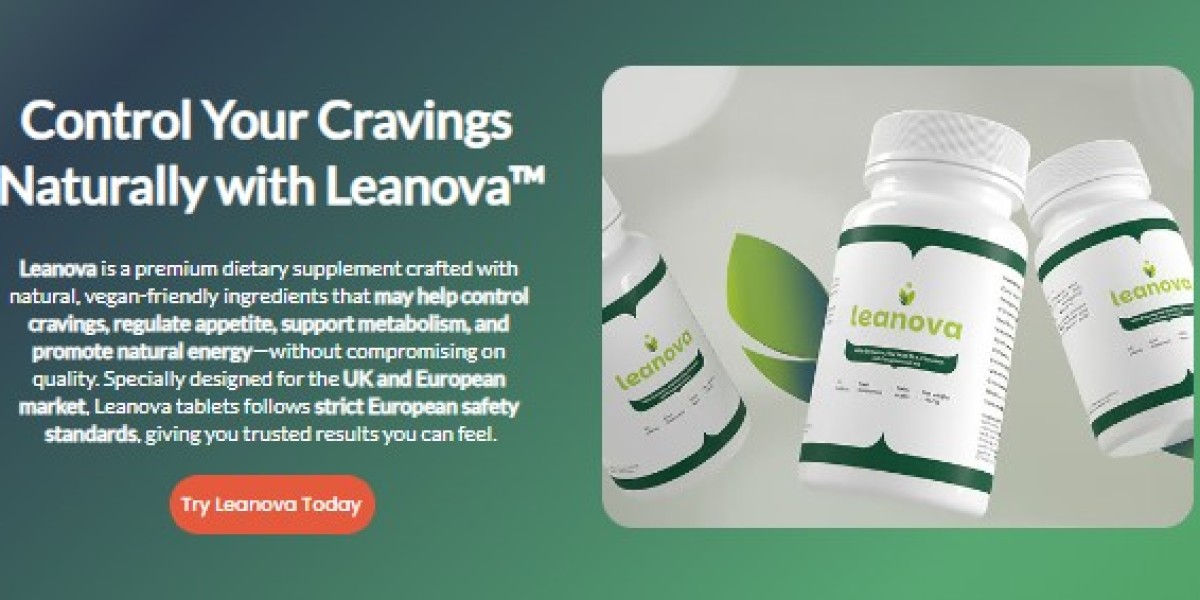Wound care has evolved significantly over the years, moving beyond simple bandages to advanced dressings that promote faster healing. Among these innovations, non-adherent foam dressing stand out as a highly effective solution for managing wounds while supporting the natural process of skin regeneration. These dressings combine absorbency, protection, and comfort, making them an essential choice for both patients and healthcare providers.
What is a Non-Adherent Foam Dressing?
A non-adherent foam dressing is a type of advanced wound dressing made of soft, absorbent foam with a specially designed non-stick surface. Unlike traditional dressings that may stick to the wound bed and cause pain during removal, these dressings protect the delicate tissue while absorbing excess fluids. They maintain a moist healing environment, which is vital for skin repair and regeneration.
Key Benefits for Skin Regeneration
Maintains a Moist Healing Environment
Moisture plays a critical role in skin repair. Non-adherent foam dressings retain just the right level of moisture, preventing the wound from drying out while avoiding excess fluid buildup. This balance encourages the formation of new skin cells and faster closure of the wound.Reduces Trauma During Dressing Changes
Traditional gauze dressings often stick to the wound, damaging new tissue when removed. Non-adherent foam dressings prevent this problem, protecting fragile regenerating skin and allowing pain-free dressing changes.Absorbs Excess Exudate
Wounds often produce fluid (exudate) during the healing process. Excess fluid can slow down regeneration and increase the risk of infection. The foam layer effectively absorbs this exudate, keeping the wound environment clean and conducive to healing.Protects Against Infection and External Contaminants
Acting as a barrier, these dressings shield wounds from dirt, bacteria, and friction, minimizing the risk of infection and providing a safe environment for skin recovery.Provides Cushioning and Comfort
The soft foam structure cushions the wound site, reducing pain and discomfort. This is particularly beneficial for patients with pressure ulcers, burns, or sensitive skin wounds.Supports Faster Tissue Formation
By promoting oxygen circulation and moisture retention, non-adherent foam dressings encourage granulation tissue formation—a key step in the regeneration of healthy skin.
Applications of Non-Adherent Foam Dressings
Non-adherent foam dressings are widely used for various types of wounds, including:
Pressure ulcers
Surgical incisions
Burns
Diabetic foot ulcers
Traumatic injuries (cuts, abrasions)
Their versatility makes them suitable for both acute and chronic wounds.
How to Use Non-Adherent Foam Dressings
Cleanse the wound gently with sterile saline or as directed by a healthcare professional.
Pat dry the surrounding skin and apply the dressing directly over the wound.
Secure the dressing with medical tape or a secondary bandage if needed.
Replace the dressing according to medical advice or when saturated with fluid.
Conclusion
Non-adherent foam dressings are more than just protective covers—they actively contribute to the process of skin regeneration by maintaining a moist environment, absorbing fluids, and preventing trauma to new tissue. For patients dealing with wounds of varying severity, these dressings offer comfort, protection, and faster healing outcomes. By supporting the body’s natural repair mechanisms, they play an important role in modern wound care and long-term skin health.








